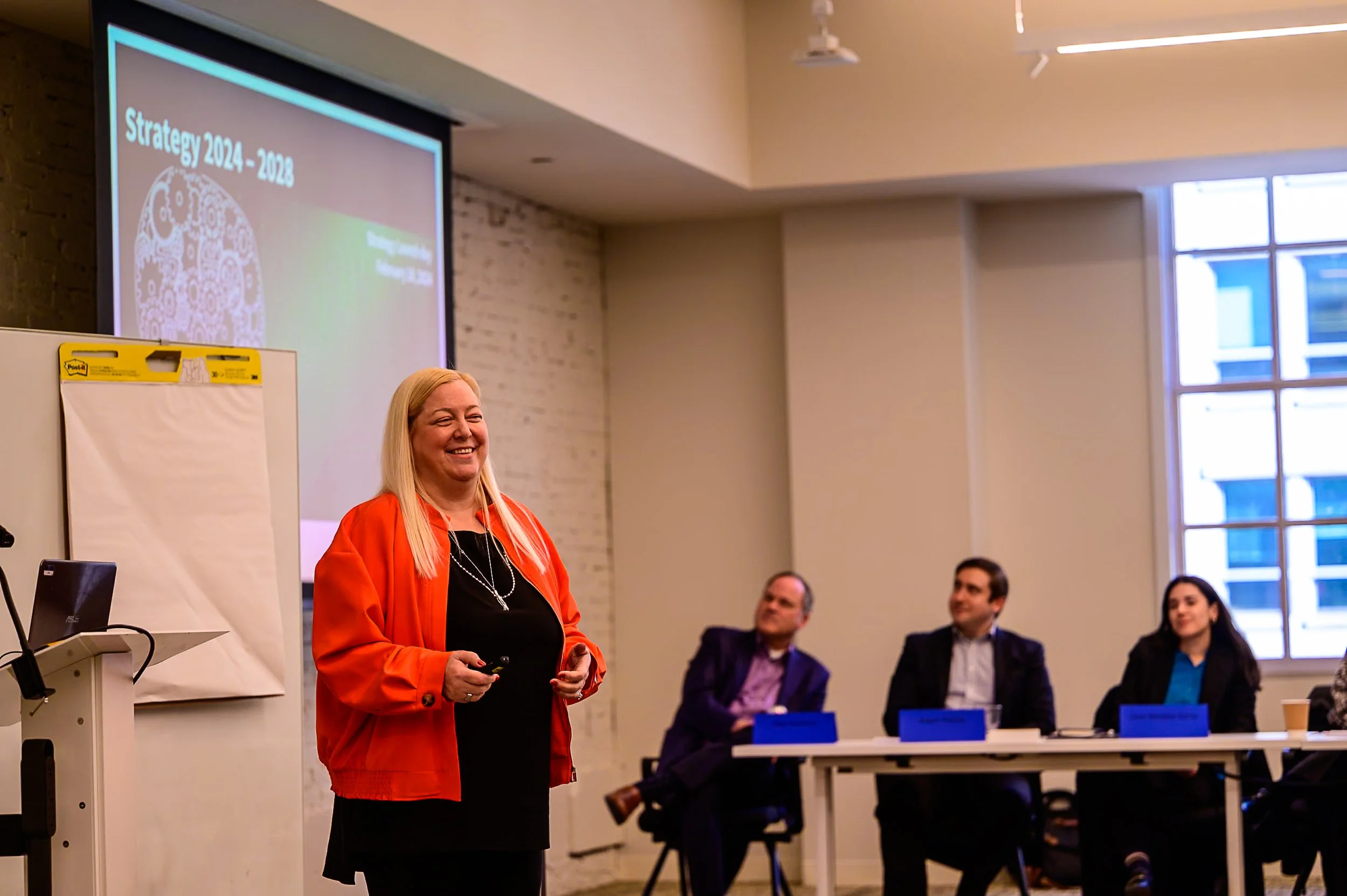
From Checkpoints to Confidence: Building Security Through Public Trust
Strong border security measures depend on earning the public’s trust and therefore, public cooperation. Recent updates to the Transportation Security Administration (TSA) procedures highlight how small adjustments can have significant impact when it comes to building trust. Changes such as eliminating the need for passengers to remove shoes or laptops under certain conditions not only reduce delays but also demonstrate responsiveness to the concerns of travelers. These shifts improve efficiency while sending a message: Security can adapt to meet both safety requirements and public expectations.
Trust is built or broken through the daily experiences individuals have when interacting with homeland security agencies. A single experience at a TSA checkpoint or a border crossing, a short conversation with a customs officer, or the efficiency of a line to get your Global Entry can influence how people perceive the Government’s ability to keep them safe. These moments of contact shape whether citizens feel reassured or frustrated.
Consider airport security. Travelers expect the process to be thorough, yet they also value speed, clarity, and fairness. When security processes run smoothly, with clear instructions, streamlined steps, and respectful interactions, travelers leave with greater confidence in the system’s competence and capability. On the other hand, long lines, inconsistent procedures, or confusing directions can erode confidence, no matter how advanced the security technology is behind the scenes.
This dynamic has direct implications for security outcomes. A traveler who trusts TSA agents is more likely to comply with directions, reducing bottlenecks and allowing officers to focus their attention where it is needed most—detecting genuine risks. In contrast, frustration or skepticism slows compliance, creates friction, and distracts from the primary mission of safeguarding the traveling public.
This cycle of trust and cooperation is self-reinforcing. Positive interactions build confidence, which encourages compliance, which in turn enhances overall effectiveness. Over time, this cycle strengthens the credibility of homeland security agencies and fosters a more resilient security environment.
As threats evolve and security challenges grow more complex, the ability to maintain public trust will remain as vital as any technology or procedure. Trust is not a soft concept; it is strategic asset that strengthens the entire system.




















